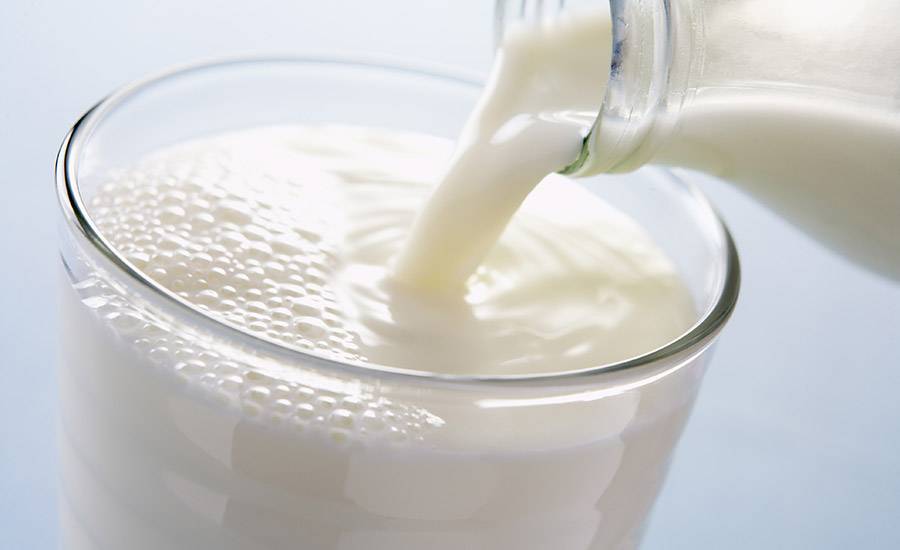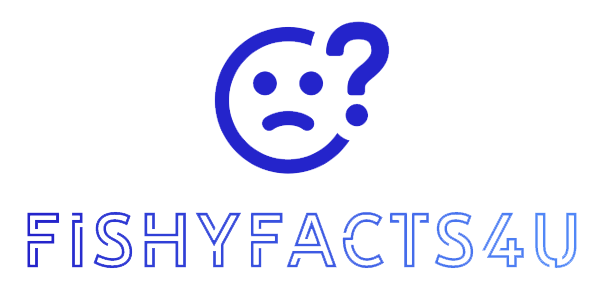Dairy Testing Made Easy – eA Comprehensive Guid

Do you know what’s in your dairy? If you’re like most people, the answer is probably “no.” Dairy products can be surprisingly difficult to test for contaminants and other unwanted substances. In this comprehensive guide, we will walk you through the dairy testing process step-by-step. We’ll explain why dairy testing is important, and we’ll provide a list of the most common contaminants that can be found in dairy products. By following our guide, you’ll be able to test your dairy with ease!
What is dairy testing?
Dairy testing is the process of checking dairy products for contaminants and other unwanted substances. Farmers test their dairy products to ensure that they are safe for consumption. Dairy testing is important because it helps to identify potential health hazards in dairy products.
How do you test a dairy product?
There are several ways to test a dairy product. The most common method is called the bacterial count test. This test involves taking a sample of the dairy product and incubating it in a special chamber. After a period of time, the number of bacteria present in the sample is counted. This method can be used to check for various types of bacteria, including E. coli and salmonella.
Another common method of dairy testing is the coliform count test. This test is similar to the bacterial count test, but it uses a different type of bacteria to check for contamination. Coliforms are a type of bacteria that are found in the environment, and they can indicate the presence of other harmful bacteria.
The third method of dairy testing is the somatic cell count test. This test checks for the presence of white blood cells in dairy products. White blood cells are an indication of infection or disease. Somatic cell counts are used to determine the quality of milk products.
What equipment is needed for dairy testing?
There are several pieces of equipment that you will need for dairy testing. First, you will need a incubator to grow bacteria samples. Second, you will need a coliform counter to count the number of coliform bacteria present in a sample. Third, you will need a somatic cell counter to count the number of white blood cells present in a sample. Finally, you will need a microscope to examine dairy samples for contaminants.
How expensive is dairy testing?
The cost of dairy testing depends on the methods used and the equipment required. Bacterial count tests and coliform count tests are relatively inexpensive. Somatic cell count tests are more expensive, but they are still affordable for most farmers. Microscopes can be quite expensive, but they are not necessary for all dairy testing procedures.
What does QA mean?
QA in dairy industry refers to quality assurance. Quality assurance is the process of ensuring that dairy products meet safety and quality standards. Quality assurance is important because it helps to ensure that dairy products are safe for consumption. Quality assurance programs can be expensive, but they are essential for the dairy industry.
Is dairy regulated?
Dairy testing in the UK is regulated by the Dairy Products (Safety) Regulations 1995. These regulations set out the requirements for dairy testing, and they specify the methods that must be used to test dairy products. The regulations also specify the maximum levels of contaminants that can be present in dairy products. Dairy testing in the UK is essential for ensuring the safety of dairy products.
As you can see, dairy testing is a complex process. However, by following our guide, you’ll be able to test your dairy with ease! If you have any questions about Dairy testing equipment, feel free to contact us.




